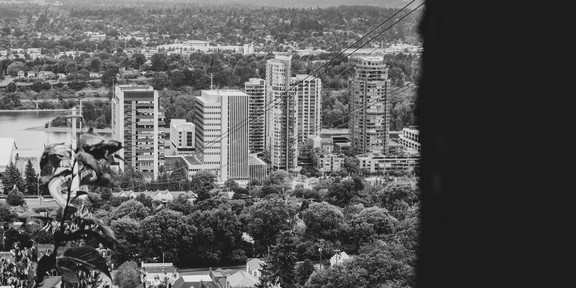On the Integration of Place and Urban Morphology

The PLATIAL'21 symposium, co-convened by the Spatial Modelling Lab (RAM) and ITC, University of Twente (NL) in December 2021, provided a great opportunity for our lab’s member Liudmila Slivinskaya to present a short paper, co-authored with René Westerholt, to open up a discussion along the nexus of place and the built environment. The presentation delivered at the event revolved around the question of how considering the concept of place, which is difficult to grasp formally but essential for us as humans, would change the study of urban form, thus attempting at aligning human geography and geographical information science agendas in formalisation of place with an urban morphology perspective.
Drawing upon examples and cases taken from the study of urban form (including the challenging typology of prefab housing estates, which is the focus of Liudmila’s PhD research), the talk illustrated the possible varied implications of adhering to human geographical, functional, and relational approaches to place for our understanding of the spatial dimension within the urban realm. The talk showed how place understood as space attributed with meaning could serve as a tool to capture intangible qualitative features of urban form, which often tend to be either overlooked due to both actual and perceived difficulties in their capturing and formalisation or attributed to different objects other than space itself. Further, it was argued that place grasped through uses and actual practices could overcome our reliance on formal abstract functions of urban space derived from representations (plans), allowing us insights into actual ‘lived’ realities of the city, going from ordered regularity of programmed function to an evolving variety of changing and overlapping uses. And, finally, it was demonstrated in the presentation how place seen as set of relations could capture the dynamically changing nature of places and their emergence. The latter includes the multiplicity and hierarchy of places, which is especially relevant today given how much of our ways of inhabiting the world, forming attachments, and sense of belonging to places changed.
The talk was followed by an engaging discussion involving the symposium participants, offering some thought-provoking impetuses for the further development of the theme discussed within the lab research agenda. You are welcome to revisit the paper:
Slivinskaya, L. and Westerholt, R. (2022): On the Integration of Place and Urban Morphology. In: Mocnik, F.-B., Westerholt, R. (eds) Proceedings of the 3rd International Symposium on Platial Information Science (PLATIAL’21). Enschede, the Netherlands, 61–66. DOI: 10.5281/zenodo.3628855.
In addition, feel free to watch the recording of the presentation at PLATIAL’21:
L Slivinskaya and R Westerholt: On the Integration of Place and Urban Morphology
